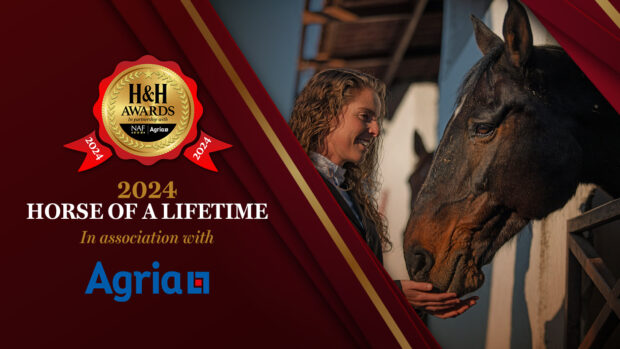The National Stud’s assistant manager talks about her “typical day” . She has since left the stud to do an MBA in Equine Business Management “
Anne-Lise Riis Jensen is the assistant manager at The National Stud. Over the next weeks read her diary and find out what happens at The National Stud in racing’s headquarters, Newmarket.
“As this is my first diary entry I thought I would tell you about my “typical” day – though with horses you can never tell exactly how things will turn out. The main job during the breeding season is making sure that each mare sees the right vets and the right stallion. This may sound simple, but with two veterinary practices, five stallions and 170 mares and foals on the place it keeps me busy!
“I spend more time than you would think in the office, or driving round the stud in my truck – and with a mobile ‘phone, short wave radios and a laptop this is a bit like being in the office too.
“My day starts when I deliver vet lists to the yards, they need to be in place on all 10 yards before the yard foremen arrive. The vet list identifies which mares need to see the vet that day – that is those coming in season, needing scanning to see if they are in foal, or wanting treatment. I also circulate lists of horses to see the farriers – sometimes as many as 70 horses a day.
“At 7am I meet the stud manager, Nigel Wright to discuss the day’s business and who will be doing what. We work with two specialist veterinary practices in Newmarket – Greenwood, Ellis and Partners and Rossdales. Nigel and I split up and go with a vet each at 7.30am for the first round of the day. We have further vet rounds at 8.00am and 2.30pm. At 9.30am we meet again in the stud office and go through the outcome of the vet rounds with chief executive, Miles Littlewort and Shona Rutherford, our stud secretary. On such a busy stud it is very important that everyone knows what is happening so that clients can ring at any time and talk to someone who knows exactly how their mare is.
It’s time for breakfast. We do fantasise about cooked breakfasts in the office during the stud season, but nobody has taken the hint and cooked one as yet!
The first coverings of the day are at 10.30am and I am there to check the mare over, double check identity and be sure all goes according to plan. Safety of horses and handlers is a priority in the Covering Barn. Our stallion men are first-class. Everyone is calm, organised and knows exactly what they are doing as part of a team.
The rest of the morning is spent updating the vet records and checking on mares arriving and leaving the stud. Each mare coming onto the stud must have her passport checked on arrival and has to come with up-to-date vaccinations and swabs. Thoroughbred breeders know the form, usually all the documentation is 100%.
After lunch I visit the yards andmay be involved in assessing students working towards their Diploma and NVQ qualifications. At 2.30pm I take the afternoon vet round, which will involve taking bloodtyping samples and microchipping foals for lifetime identification by Weatherbys and the racing authorities.
Back to the covering yard at 3.30pm for the afternoon session before returning to the office to advise foremen of mares visiting our stallions or “walking-out” – going to stallions on other studs in the area – the next day. Studs always see that mares walk-out looking smart, even if the walk-out is at 5am, so they need to be in, clean and tidy when the transporter arrives.
I finish off and go home via the Foaling Unit to see if there is anything likely tofoal overnight. Our night foreman deals with most foalings, but I will be called out if there is any sign of a problem. I live on-site and I can be in the unit in minutes.
When I get home I take my dogs for a walk, then I can really say thatmy time is my own!
Next time I will tell you about the foot care regime here at the stud and how we get the foals used to the farrier.
Until then, regards, Anne-Lise.
Update: Anne Lise has now left the staff of the National Stud




